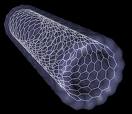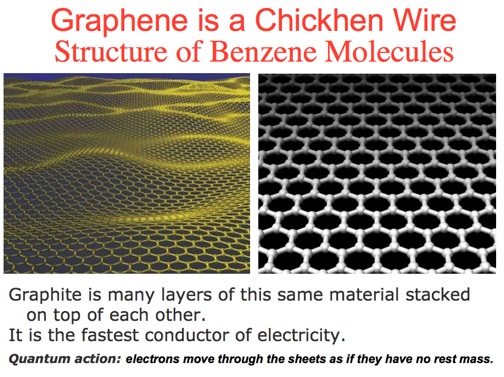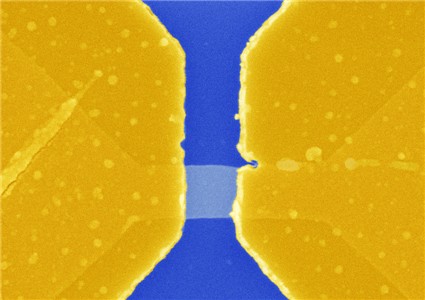PROJECT
Carbon Electronics
Our group is focusing on carbon electronics based on graphite,CNT and graphene.
Carbon nanotubes (CNTs) are allotropes of carbon with a nanostructure that can have a length-to-diameter ratio as large as 28,000,000:1, which is unequalled by any other material. These cylindrical carbon molecules have novel properties that make them potentially useful in many applications in nanotechnology, electronics, optics and other fields of materials science, as well as potential uses in architectural fields. They exhibit extraordinary strength and unique electrical properties, and are efficient conductors of heat.

Nanotubes are members of the fullerene structural family, which also includes the spherical buckyballs. The ends of a nanotube might be capped with a hemisphere of the buckyball structure. Their name is derived from their size, since the diameter of a nanotube is on the order of a few nanometers (approximately 1/50,000th of the width of a human hair), while they can be up to several millimeters in length (as of 2008). Nanotubes are categorized as single-walled nanotubes (SWNTs) and multi-walled nanotubes (MWNTs)
Graphene was discovered in 2004 by Professor Andre Geim and Dr Kostya Novoselov at The University of Manchester. This one-atom-thick gauze of carbon atoms has become one of the hottest discussed matters in physics and materials science.

The most advantageous fact about graphene is its thickness. The other properties like optical transparency, chemically inertness, and magnificent conductivity make graphene highly appropriate for applications in various electro-optical devices that require conducting but transparent thin films. We believe that graphene should improve the durability and simplify the technology of potential electronic devices that interact with light.

Graphene can be carved into small electronic circuits with individual transistors
having a size equal to that of a molecule.
As much the size of transistors will be smaller, better they will perform.
Due to its unusual properties graphene is a promising material for nanoelectronics.
References:
Fig 1. http://www.cnano-rhone-alpes.org/spip.php?article57&lang=en
Fig 2. http://boomeria.org/chemlectures/organic/organic2.html
Fig 3. http://onnes.ph.man.ac.uk/nano/Images/graphene
